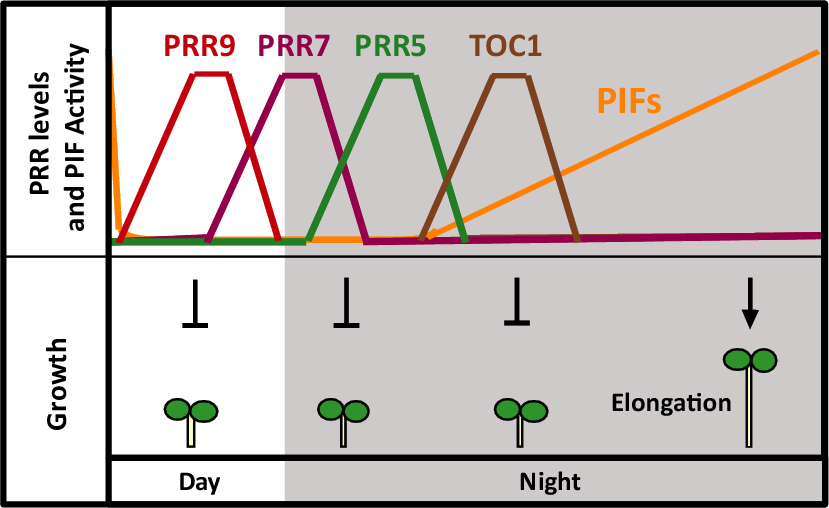In This Section
- Home
- About the College
- Governance
- College Committees & Steering Groups
- College Assembly
- College Council
- College Executive Management Committee
- College Academic Programmes and Curriculum Development Committee
- College Graduate Studies Committee
- College Research & Innovation Committee
- College Teaching Learning and Student Experience Committee
- College Student Recruitment and Outreach Committee
- College Sabbatical Research Leave Committee
- College of SEFS Adjunct Appointments Committee
- International Education Committee
- College Postgraduate Student Committee
- Athena SWAN Steering Group
- College Committees & Steering Groups
- Human Resources
- Annual UCC STEM Awards
- Scholarships and Prizes
- Women in STEM Panel Talks
- Inaugural Professorial Lectures
- Athena SWAN in SEFS
- Proposal Calls
- Contact Us
- Science in Society Public Lecture Series
- Governance
- News
- Staff
- Schools and Departments
- Current Students
- Undergraduate Courses
- Postgraduate Courses
- International Students
- Research and Innovation
- Employability and Careers
- Outreach and Public Engagement
- Science Week
- Transition Year Programmes
The circadian clock sets the pace of plant growth

BEES academic Dr Rossana Henriques has published, with colleagues, a new paper detailiing their discovery that the members of a protein family from the plant internal clock act sequentially to limit the plant growth until the end of the night. This knowledge could help to understand how plants face different kinds of stress that affect their growth, such as drought or high temperature.
The circadian clock is an internal timekeeping mechanism that allows plants to adjust their biological processes to 24h days. Together with photosensory pathways, the clock regulates the timing of plant growth to the end of the night in plants grown under short days (8h light / 16h dark). This diurnal pattern of growth was shown to depend on a specific set of transcription factors the PHYTOCHROME-INTERACTING FACTORS (PIFs). However, although PIFs could be detected during the day, they accumulated mostly at night and their growth-promoting function only occurred pre-dawn.
In this report Martín et al. elucidate the mechanism behind this regulation. PIFs proteins were shown to directly interact with PRR (PSEUDO-RESPONSE REGULATOR) proteins that will inhibit their activity during the day. At night PIFs are free to induce expression of growth promoting genes, such as CDF5 (CYCLING DOF FACTOR 5). These findings explain how the circadian clock, through PRRs’ inhibition of PIF activity, gates growth responses to the adequate time of the day. They also provide candidate proteins for this regulation and allow for future identification and characterization of critical growth regulators in agronomical relevant crops.
This work was developed at CRAG (Barcelona, Spain) under the coordination of Dr Elena Monte in collaboration with Dr Rossana Henriques (School of BEES, UCC), as well as with researchers from the University of Lancaster, the University of Edinburgh, the Institute for Plant Molecular and Cell Biology (Valencia, Spain) and the Chemical Institute of Sarria (Barcelona, Spain).
College of Science, Engineering and Food Science
Coláiste na hEolaíochta, na hInnealtóireachta agus na hEolaíochta Bia
Contact us
Block E, Level 3, Food Science Building, UCC, Cork, T12 YN60.
